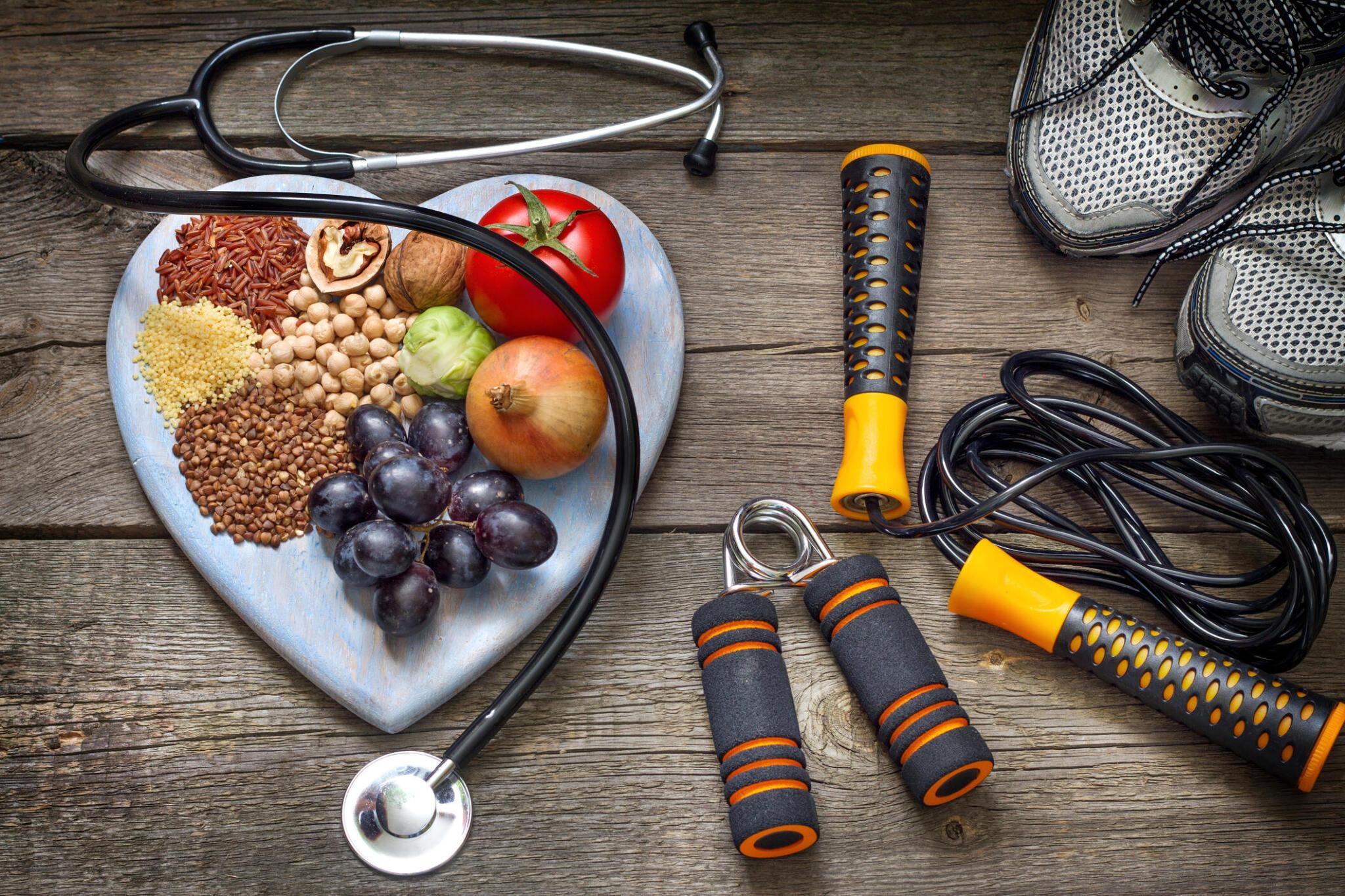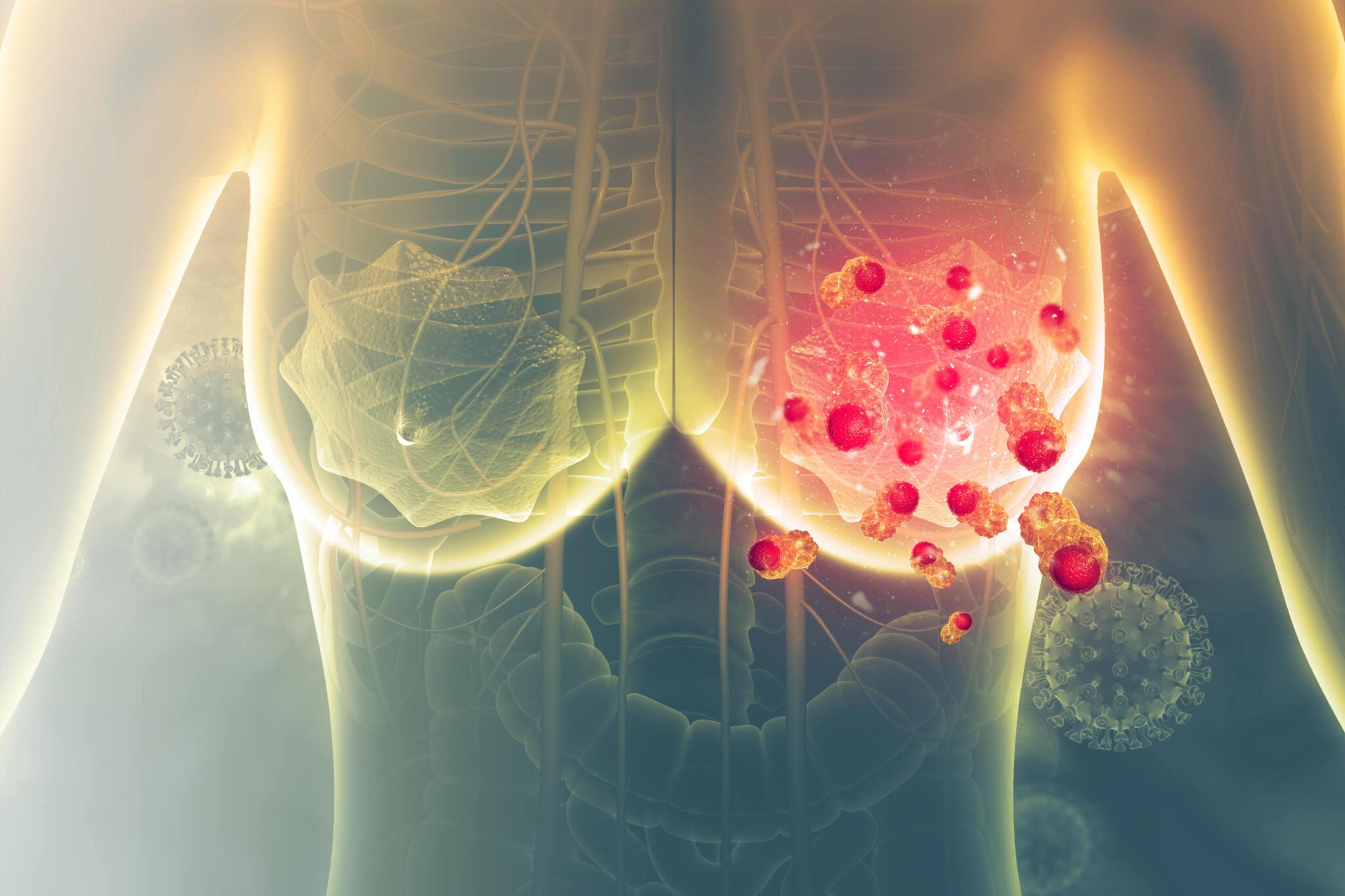
Cholesterol isn’t as black as it’s painted. This waxy substance synthesized by the liver is an essential structural component of the body’s cell membranes.
We need cholesterol to build healthy cells. The substance is also involved in producing various hormones, including testosterone, estrogen, and adrenal hormones.
Cholesterol also aids the production of bile acids, which help in fat digestion and the absorption of essential nutrients. Besides, it can stimulate the synthesis of vitamin D, which works alongside other minerals like calcium to promote the healthy growth of bones, teeth, and muscles.
But despite cholesterol’s multiple benefits, too much of the substance can prove more harmful than helpful.
Excess cholesterol levels in the bloodstream might cause the substance to stick to your artery walls. On a long enough timeline, the waxy compound can construct your artery walls or even block them altogether, triggering a range of heart and cardiovascular diseases (CVDs).
Fortunately, there are multiple ways to naturally reduce cholesterol levels by making lifestyle changes. This post looks into five such adjustments.

1. Increase Your Soy Intake
Soybeans are a superfood best known for their dense nutritional profile. These legumes stand out for their high protein quantity per serving amount and their substantial amount of all nine essential amino acids.
That explains the growing awareness of sustainable soy production methods as a potential mitigative factor against a possible shortage of this protein-rich food in the future.
Many nutritionists also cite soy for its potential anti-cholesterol effects.
Soy is high in both copper and phytic acids. A deficiency in these two compounds has been linked to high blood cholesterol levels. Therefore, it’s logical to infer that soy may prevent cholesterol spikes by reducing the zinc: copper ratio.
Soy is also high in isoflavones. Studies have shown that more isoflavones in the bloodstream may lower cholesterol levels.
One of the best things about consuming soy for cholesterol is that there are several products at your disposal. Examples of soy-based formulations include whole soybeans, edamame, soymilk, tofu, tempeh, and soy protein shakes.
2. Cut Back On High Cholesterol Foods
It’s not enough to ramp up your intake of soy and other anti-cholesterol foods. It’s also essential to cut back on foods known to cause high blood cholesterol.
Eggs are a notorious culprit here. Although quite nutritious, eggs are worryingly high in cholesterol, with a single egg (roughly 50 grams) containing as many as 207 milligrams of the harmful substance.
Organ meats also tend to be considerably high in cholesterol. Therefore, it’s prudent to moderate your intake of organs like the liver, heart, and kidney.
Dairy products are other noteworthy foods associated with high cholesterol levels. This is especially true for full-fat yogurt, cheese, and butter.
Other cholesterol-rich foods include;
- Seafood like shellfish and sardines
- Fried foods
- Fast foods
- Processed meats
- Desserts

3. Hit the Gym
Regular exercise is associated with a number of health benefits, one of which is the ability to reduce cholesterol levels.
According to the American Heart Association (AHA), engaging in 150 minutes of moderate-intensity aerobic exercise every week can dramatically positively affect high blood pressure and cholesterol levels.
But that’s not all.
Exercise also lowers the levels of LDL (low-density lipoprotein) cholesterol (also known as “bad” cholesterol) while increasing the levels of HDL (high-density lipoprotein) cholesterol (also called “good” cholesterol). A 2013 study found that walking for a paltry 1 hour a day, five days a week for 24 weeks, might significantly improve HDL cholesterol levels.

So, if you don’t already have a robust workout plan, now is the time to create one. Just remember that exercise produces the best results if paired with healthy dieting.
4. Get a Good Night’s Sleep
Healthy dieting and regular exercise may be the most popular interventions for combatting high cholesterol levels. But they’re not the only ones.
It turns out that sleep can also impact your average blood cholesterol levels.
One study investigating the relationship between sleep and cholesterol found that both oversleeping and undersleeping had negative effects on the body’s lipid levels. Researchers established that those who slept less than five hours and more than eight hours every night were more predisposed to high triglycerides and low HDL levels.
Interestingly, the adverse effects of unhealthy sleep habits on cholesterol levels aren’t unique to age or gender.
Therefore, strive to get adequate sleep, which is typically 7 – 9 hours every 24 hours.
5. Stay Hydrated
Water provides numerous benefits for the body, including improving digestion and aiding certain metabolic processes. It also supports skin health and reduces cholesterol levels.
Drinking plenty of water (3.7 liters for men and 2.7 liters for women daily) keeps your cardiovascular vessels clean. This helps prevent the buildup of cholesterol wastes in the blood ways.

Some research also indicates that supplementing with hydrogen-rich water may combat cholesterol by reducing LDL-C and apoB levels while improving dyslipidemia-injured HDL functions.
Hydrogen water basically refers to water containing a significant amount of hydrogen molecules. The drink is linked to energizing, anti-inflammatory, and antioxidant properties.
Final Word
It’s impossible to achieve a cholesterol-free body. As a matter of fact, our bodies require a certain amount of this waxy substance to function optimally.
However, too much cholesterol in your bloodstream can predispose you to a host of health issues. That’s why it pays to embrace preventive anti-cholesterol measures, such as implementing the above-listed tips.






